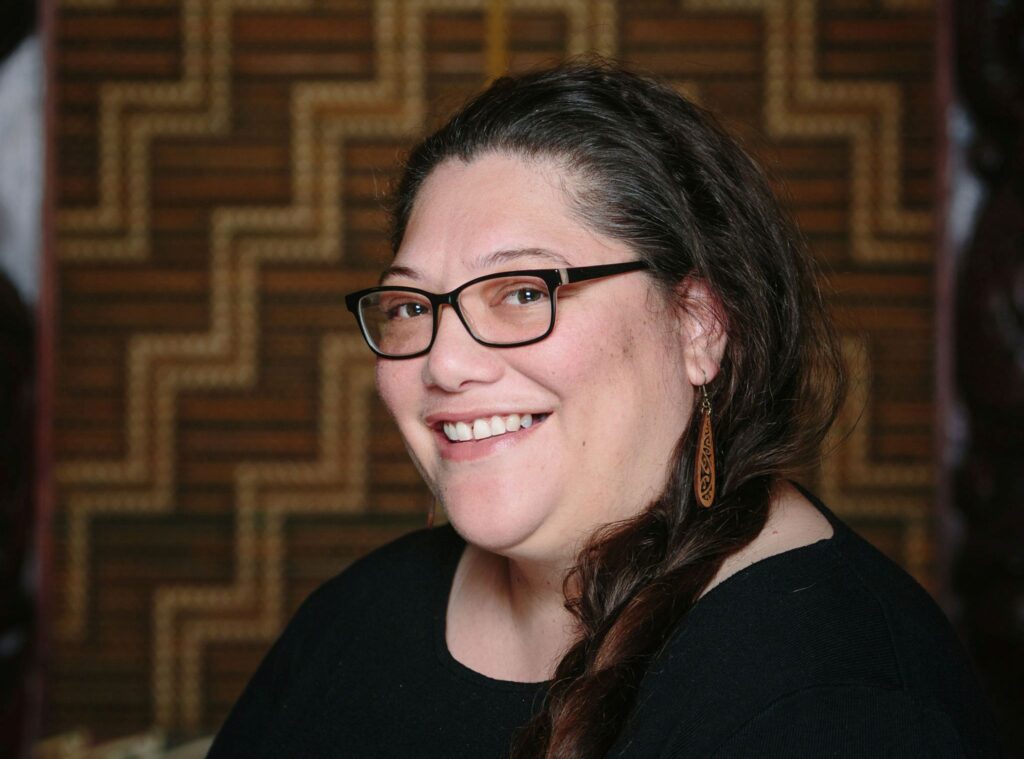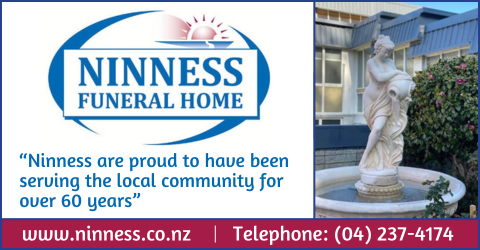
“Akuanei ka rongo koe i te toa o te tamaiti Rangatira”
“Soon you will experience the bravery of the high-born child.”
This is a tribal pēpeha of Ngāti Toa Rangatira.
This year Kāpiti Coast District Council has something special planned for Waitangi Day.
The Council, supported by Te Whakaminenga o Kāpiti, has partnered with Ngāti Toa Rangatira to produce a video about what Te Tiriti o Waitangi (the Treaty of Waitangi) means to our community.
“Waitangi Day is a good reminder of the Treaty, however, it’s also a living document and we need to be good Treaty partners all year around,” says Kāpiti Coast District Mayor K Gurunathan.
This year marks the 182nd anniversary of the signing of Te Tiriti in the Kāpiti Coast District by Rangatira from Ngāti Toa Rangatira, Ngāti Raukawa ki te Tonga and Āti Awa ki Whakarongotai.
“Te Rūnanga o Toa Rangatira is pleased to partner with Kāpiti Coast District Council in the production of a video this year that aims to promote greater understanding of our responsibilities and obligations to one another, our community, and our shared environment. Te Tiriti provides a basis for mana-enhancing engagement,” says Naomi Solomon, interim Chair, Te Whakaminenga o Kāpiti.
“The video will be released next week on the Kāpiti Coast District Council website. Please join us by celebrating the occasion online.”
About the partnership
Kāpiti Coast District Council enjoys one of the longest lasting collaborations between tangata whenua and local government in Aotearoa New Zealand. Te Whakaminenga o Kāpiti (meaning The Confederation of Kāpiti) recognises the historical alliances of the three iwi of Ngāti Toa Rangatira, Ngāti Raukawa ki te Tonga (through Ngā Hapū o Ōtaki) and Āti Awa ki Whakarongotai who are partners with Council. Te Whakaminenga o Kāpiti stems from two core principles of Te Tiriti. The first, ‘partnership’, obliges both parties to ‘act reasonably, honourably and in good faith’. The second principal, ‘active protection’, requires the Crown to protect Māori in the use of their lands and waters to the fullest extent practicable.

































